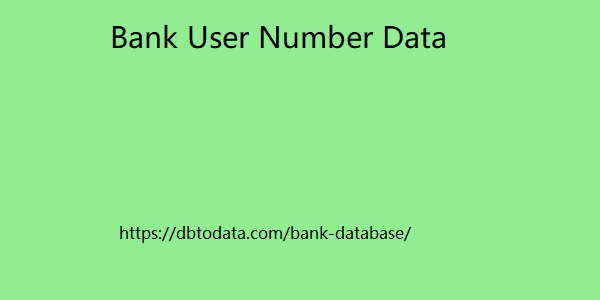|
|
Your merchandise! Check out: tip 1: create an inventory inventory is a record of all goods and materials that are stored inside or outside a company. As it is an important tax document, to create it you must follow the rules and laws established by the federal accounting council. There, you learn that every company that has a stock also has an inventory record, in which you document everything that is in it. Therefore, it is necessary to update the inventory frequently with the products that are in stock and the quantity of each of them. And as soon as there are inflows and outflows of goods, review all flow data and record the movement dates. This tip is essential to avoid failures in stock turnover and even tax problems. Tip 2: standardize to keep stock organized the space where you store your goods needs to be clean and organized at all times.
This means that it must protect your assets from the main risk agents, such as humidity, temperature, among others. Furthermore, establishing some rules, such as who enters and who leaves the space, is essential to rotate stock without compromising storage. Tip 3: draw a picture of the flow of what comes in and what goes out the flowchart is one of Bank User Number Data the industries' best friends, as it makes it possible to clearly visualize the flow of goods entering and leaving. Therefore, you need to draft yours to better understand the inventory turnover of your merchandise. An example would be writing or creating an infographic that clearly and objectively explains how the entry and exit of items in your company works. This way, everyone can identify what their responsibilities are, making it simple to see bottlenecks and even solve problems.

Tip 4: set a loss limit even if you already know how to control inventory, product losses happen even under the best management. Therefore, try to limit the number of losses of your merchandise, trying to avoid exceeding the rule as much as possible. Tip 5: set the minimum and maximum volume for each commodity how many items are needed for you to balance your sales? To answer this question, you must first define the minimum and maximum volume for each commodity. In other words, it is necessary to evaluate case by case, observing the type of product, suppliers, and seasonality, for example. Furthermore, other points that must be taken into consideration are the delivery time from your suppliers and the time in which the product will reach the hands of the end customer.
|
|